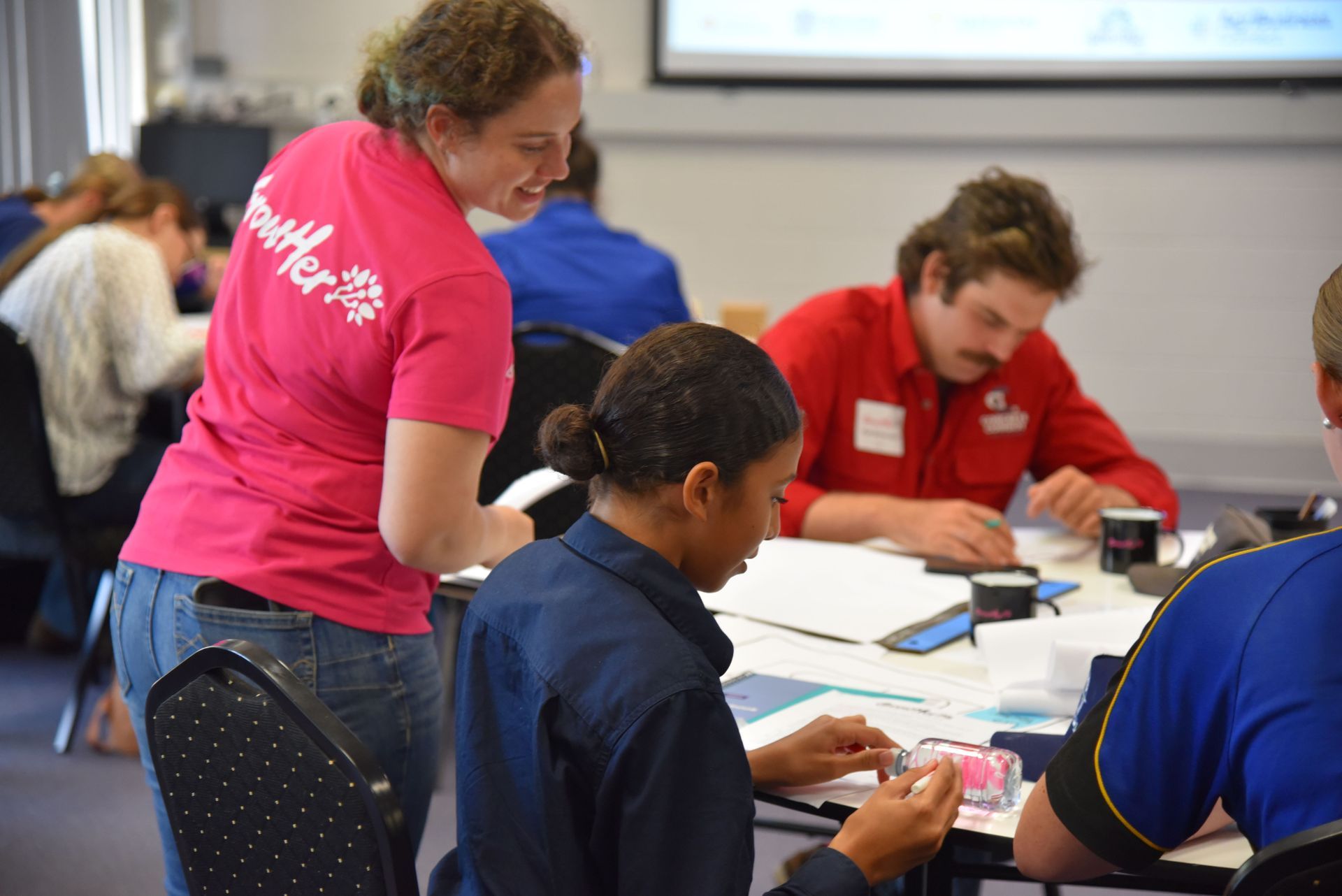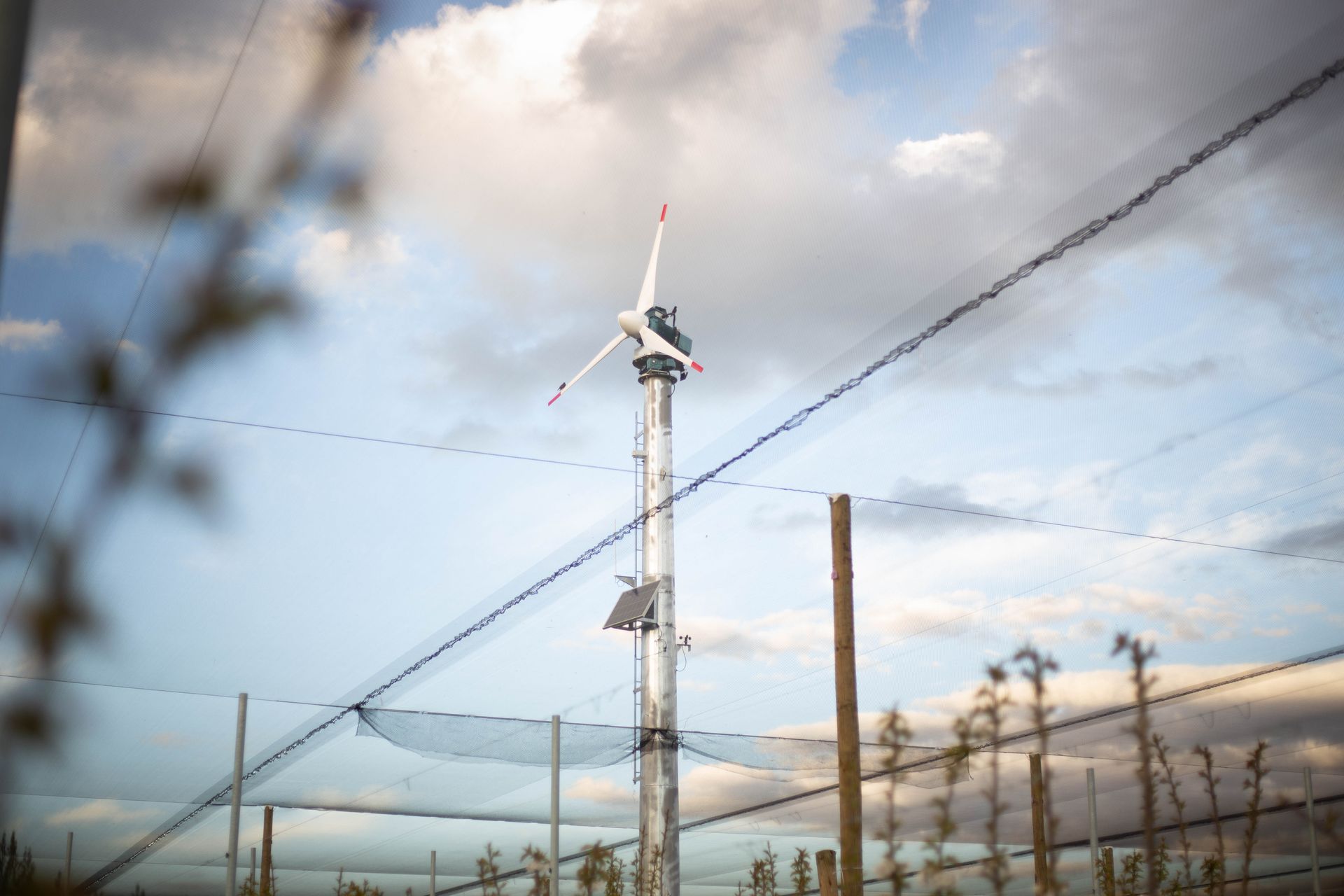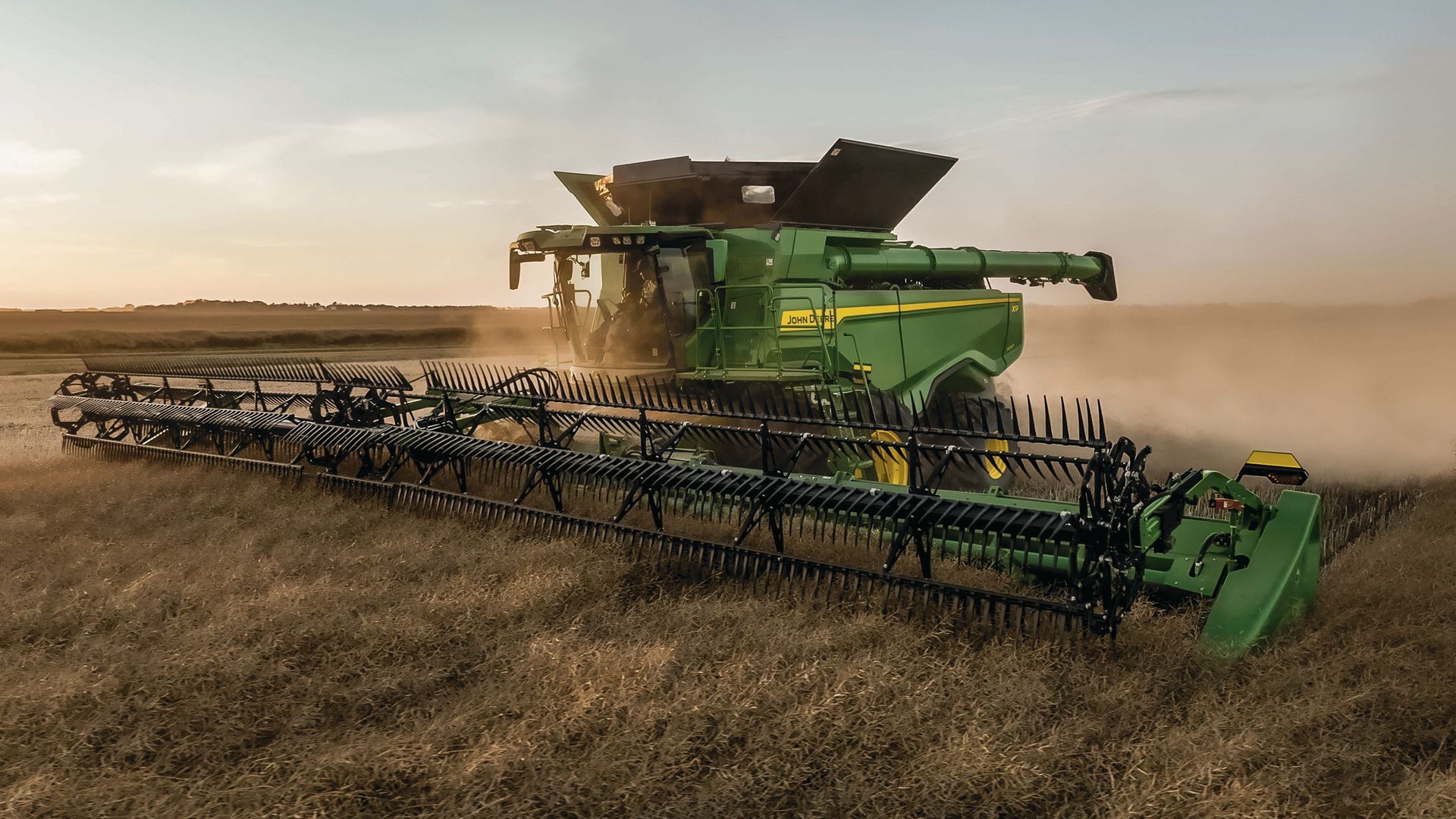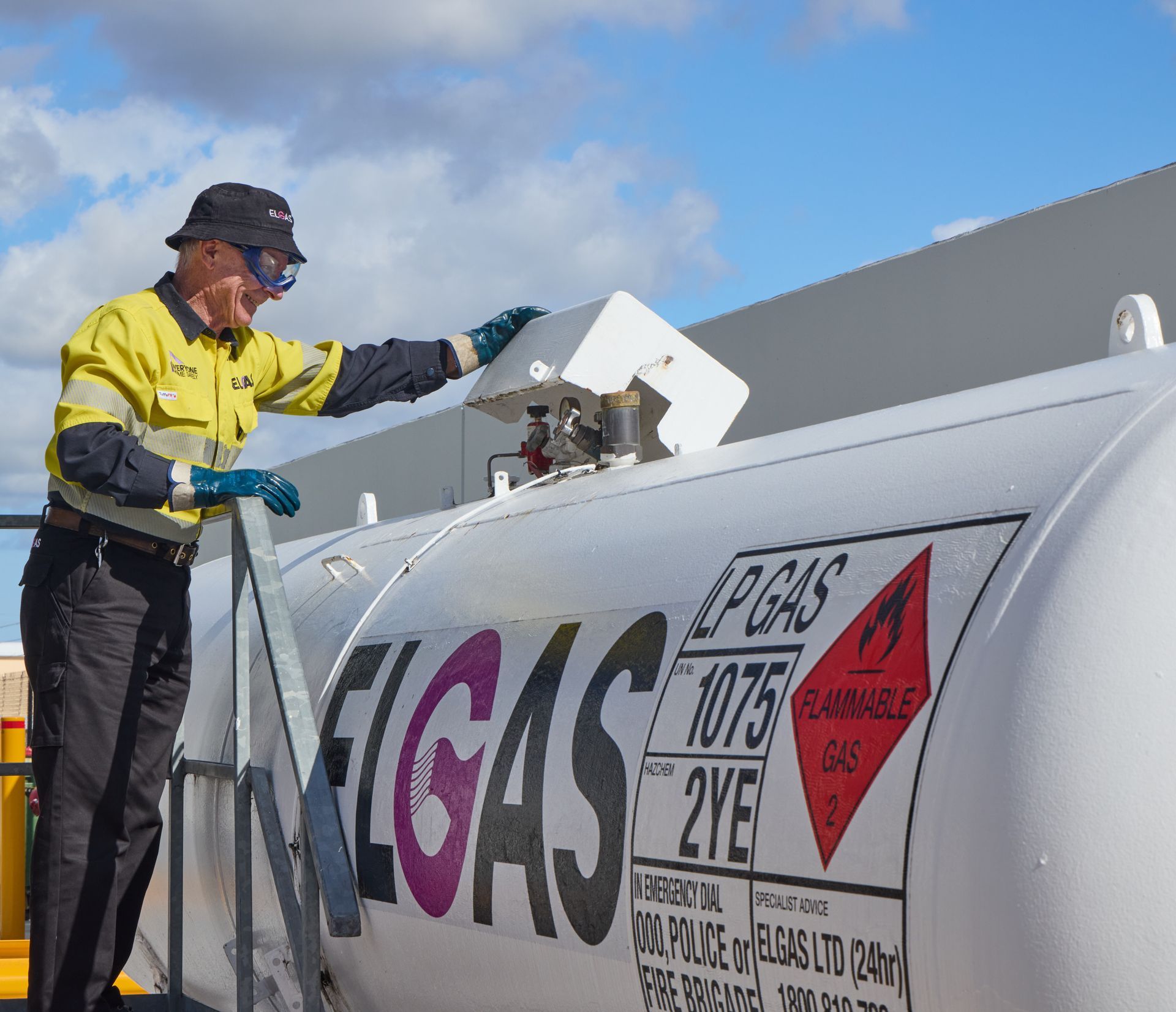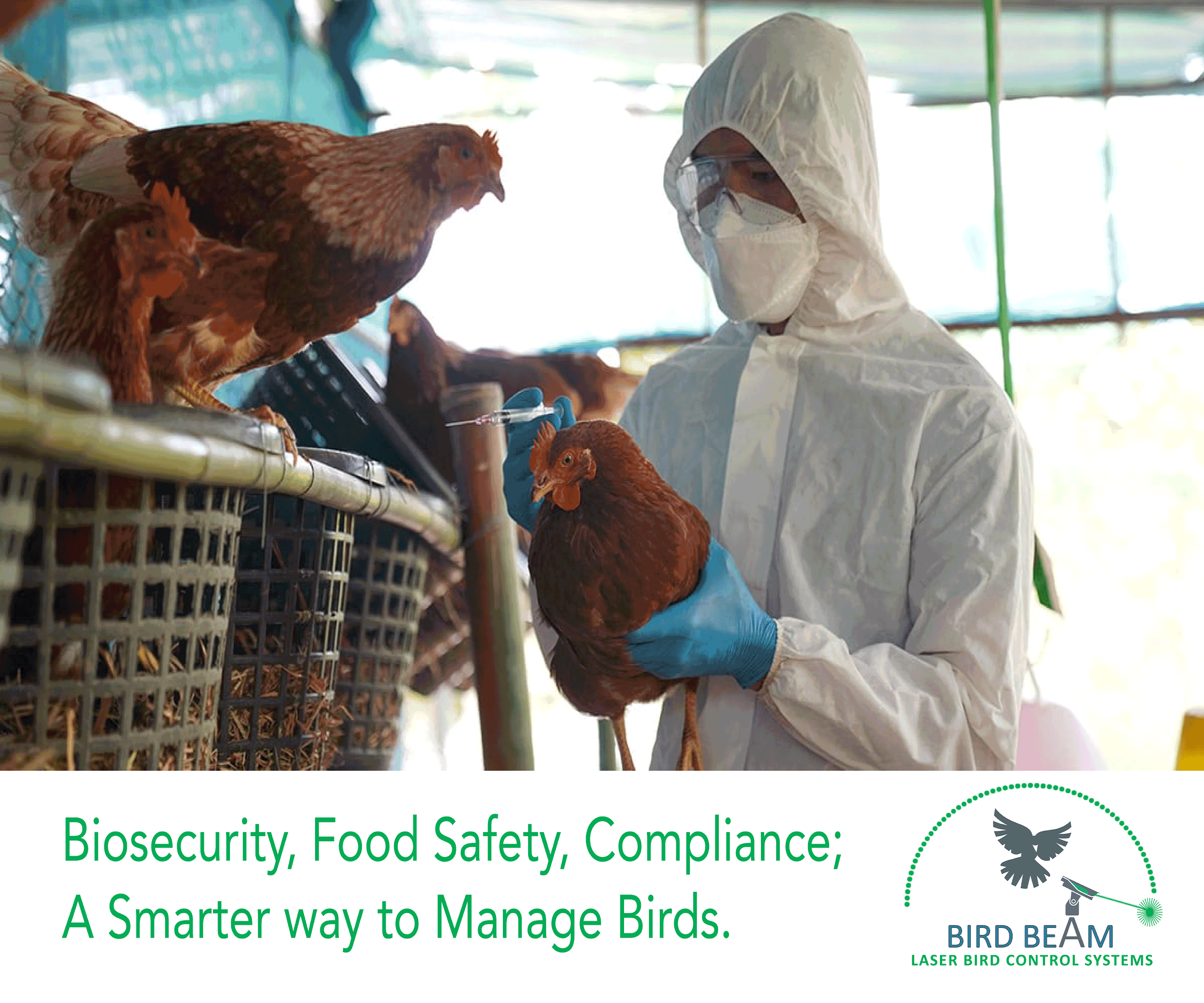1MG FlippingBooks
Going deep to save the Reef
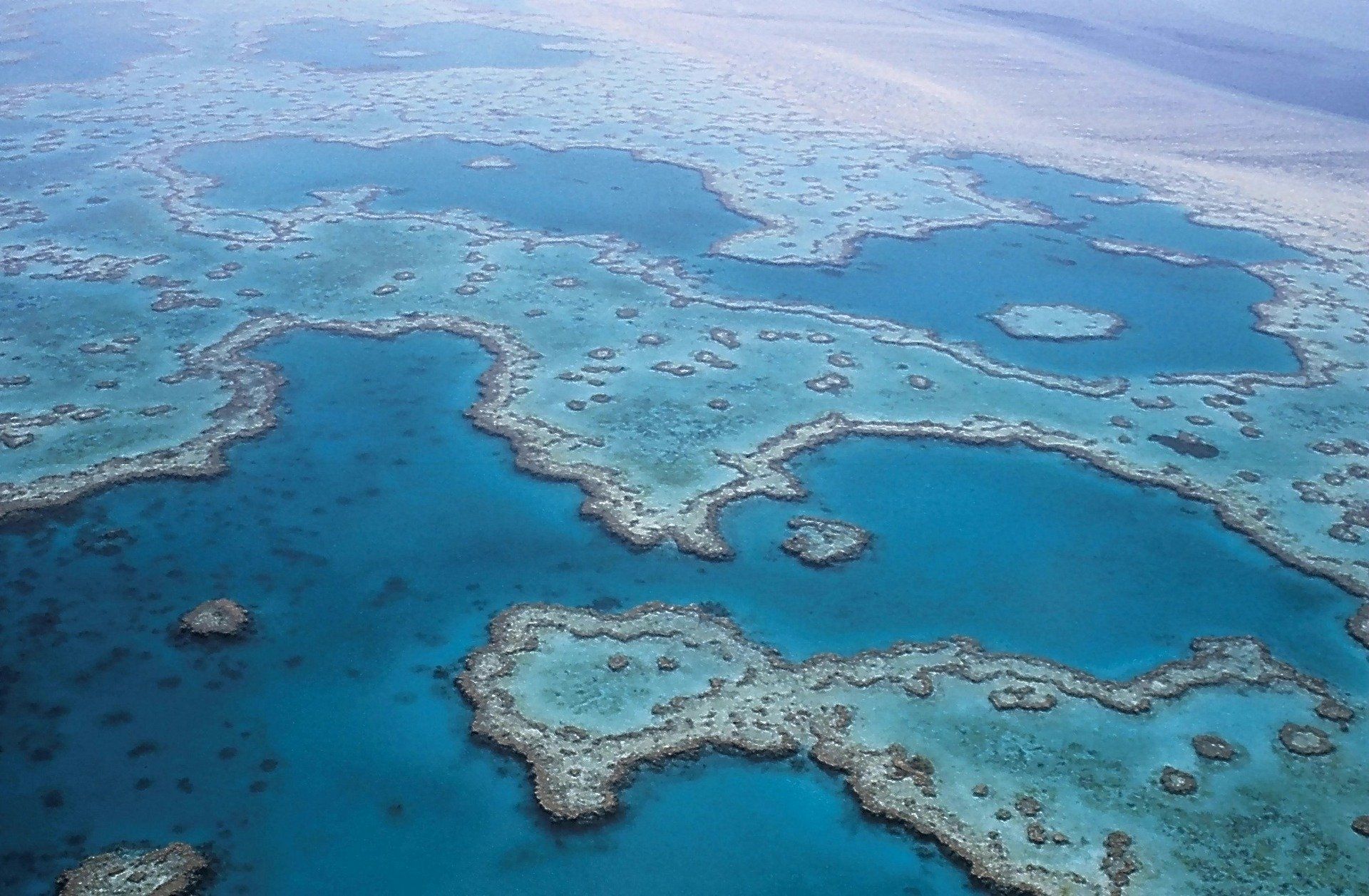
An Australian environmental organisation working with farmers near the Great Barrier Reef has saved about 3000kg of nitrogen entering the natural wonder.
This is in the context of a recent report by the federal and Queensland governments finding pollution has reduced at catchment levels, but land management practices need to improve.
The Reef Water Quality Report Card 2019 indicates the health of the world’s largest coral reef system improved slightly in 2019 compared to the two previous years, Graham Readfearn writes for Guardian Australia, but more needs to be done.
This is where GreenCollar provides a solution by offering a market-led approach.
This is not a surprise, given the organisation is a provider of carbon credits in Australia – it is meeting the challenge of improving land management head-on by innovatively adapting what it already offers and making it relevant to farmers and graziers in the Reef’s catchment areas.
In the words of Carole Sweatman, the organisation’s head of water and quality, environmental markets “provide a data driven, credible, verified and audited product for buyers to invest, as part of Environmental, Social and Governance (ESG) strategies, corporate compliance or government policy imperatives.”
The Reef Credits Scheme, which began last October after American investment firm KKR invested in GreenCollar in July, enables Queensland primary producers to be financially recognised for their work improving water quality in 35 river catchments leading to the reef.
The scheme to pay farmers and graziers to improve the quality of their water catchments is funded by the Queensland government, corporates such as HSBC bank, and philanthropic organisations.
GreenCollar is currently working with around 60 farmers, according to Sweatman, and example projects eligible for the credits include using nitrogen more efficiently on cane farms.
There are plans to support future projects addressing streambank erosion and improving grazing land management, Sweatman says.
An independent not-for-profit organisation, Eco Markets Australia, administers the scheme through a registry that tracks credit transactions.
Thinking about the longer term, Sweatman says “the market could be worth over six million Reef Credits” by 2030.
That is nothing short of life-saving news for one of Australia’s world-renowned treasures.
Please contact me on LinkedIn here for more on this story.
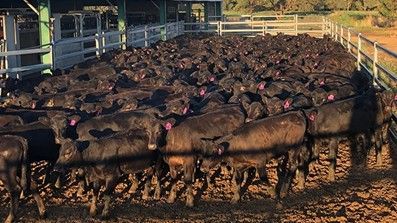
A selection of The Australian Farmer Sponsors - Click on a banner below to find out more...

